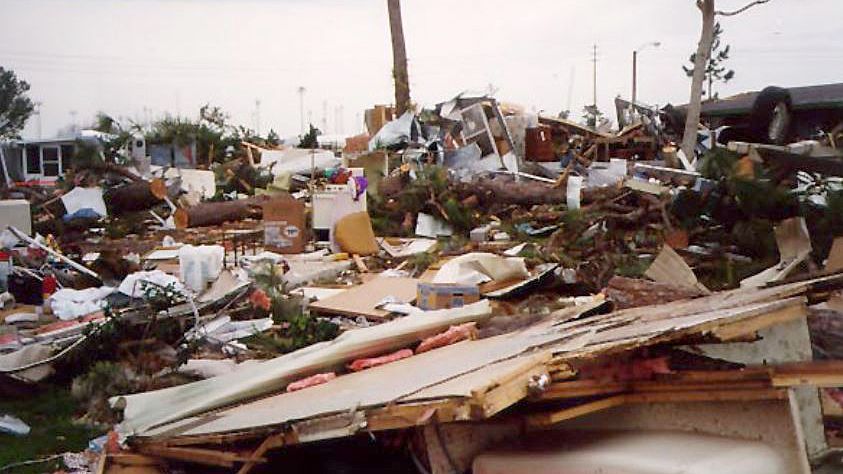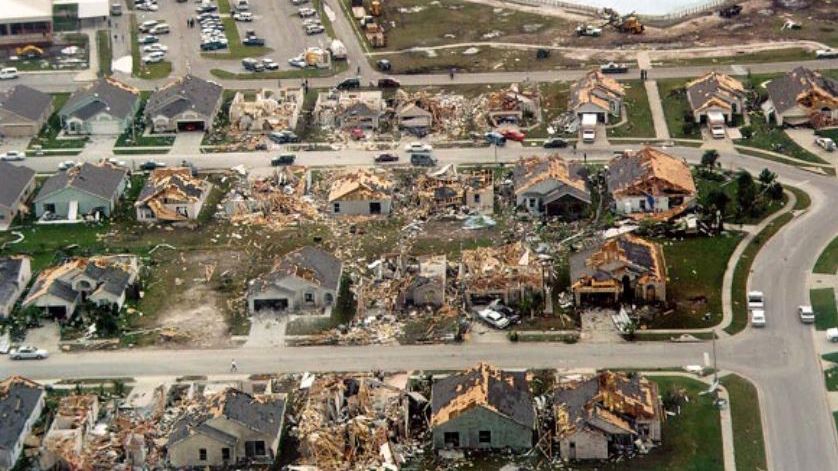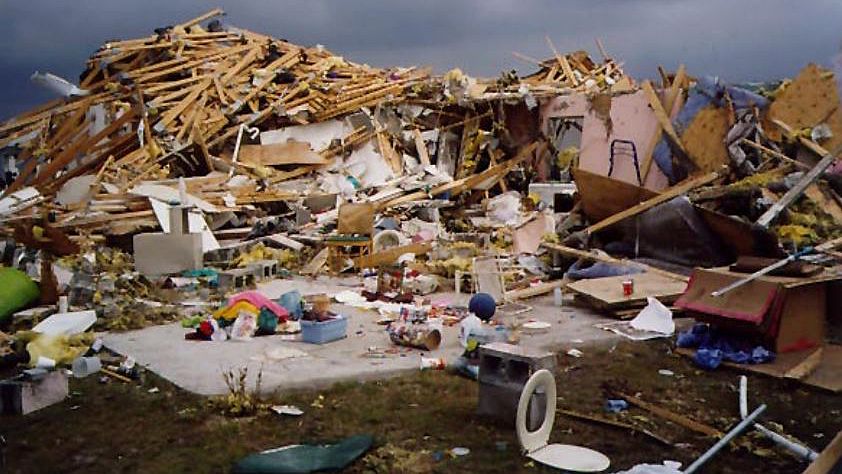The sun had been down for hours and many Central Floridians were fast asleep on Feb. 22, 1998, when the first of seven tornadoes touched down in what is now called the most devastating outbreak in the state's history.
In all, storms that night killed 42 people and injured another 260.
What You Need To Know
- The worst tornado outbreak in Florida's recorded history happened in the late hours of Feb. 22, 1998, and continued into early Feb. 23
- In all, 42 people died and another 260 were injured
- Spectrum News 13 Chief Meteorologist Bryan Karrick says a confluence of several weather factors that night 25 years ago created "an ideal severe weather setup"
Rated before the Fujita Tornado Damage Scale was enhanced, two of the tornadoes were documented as F1 and another two were F2 — but most of the injuries and deaths were caused by a trio of F3s that carved their way through several counties just before, and after, midnight.
The first of the three F3 tornadoes hit Lake County before moving into Orange County just before midnight on Feb. 22, 1998. That storm killed three people and injured 70.
The next touched down in Seminole County a little more than a half hour later in the early hours of Feb. 23. That tornado lifted off the ground in Volusia County, leaving 13 deaths and another 36 injuries in its wake.
The last of the F3 tornadoes touched down in Osceola County about 10 minutes before 1 a.m. Starting in Kissimmee before crossing into Orange County, the tornado stayed on the ground for more than 30 minutes.

Speaking to Spectrum News in 2014, Tracie Manchester, a longtime resident of the Ponderosa RV Park in Kissimmee, said the tornado reduced most of her community to rubble.
"That part of what happened to this park will always be here — it took out over half of this park and killed quite a few people," she said at the time, adding later that the RV park "was totally just wiped out and devastated."
Manchester said that debris was violently thrown so far that one mobile home "was found about 4 miles away off the Florida Turnpike."
"A man was found alive about four days later in that one," she said.
In all, the Osceola County tornado killed 25 people and injured more than 150.
The only other tornado-related fatality was reported from an F2 that touched down in Volusia County just before 11 p.m. Feb. 22, 1998.
While numerous tornadoes have been documented in Central Florida over the past 120 years, the National Weather Service's office in Melbourne called the 1998 outbreak "unprecedented."

Spectrum News 13 Chief Meteorologist Bryan Karrick said the weather that night 25 years ago "made for an ideal severe weather setup" for an outbreak of tornadoes.
"We had a strong jet stream steering an area of low pressure across the southeastern states," he said. "This helped pull a cold front across the Gulf of Mexico, and a warm front developed in Georgia."
"We were on the very warm and humid side," he continued. "These ingredients gave us what tornadoes need."
The acronym "SLIM" lays out the needed conditions, Karrick said.
"We had Shear (direction and speed change of wind into the atmosphere), Lift (a front area of low pressure), Instability (a distinct temperature difference, and Moisture," he said.
The only other tornado outbreak that comes even close to the level of damage and loss of life left behind in 1998 is the "Groundhog Day" event in 2007, which resulted in 21 fatalities.
Mark Boxley - Digital Media Producer
Mark is a longtime newspaper reporter who started his career at a small outlet in Bardstown, Ky., after graduating from the University of Kentucky with a BS in journalism. He is a former Kiplinger Fellow at Ohio State University and has worked as a journalist in Wisconsin, Kentucky, Tennessee, Ohio, and Florida. Mark became a digital media producer with Spectrum News in 2020.




